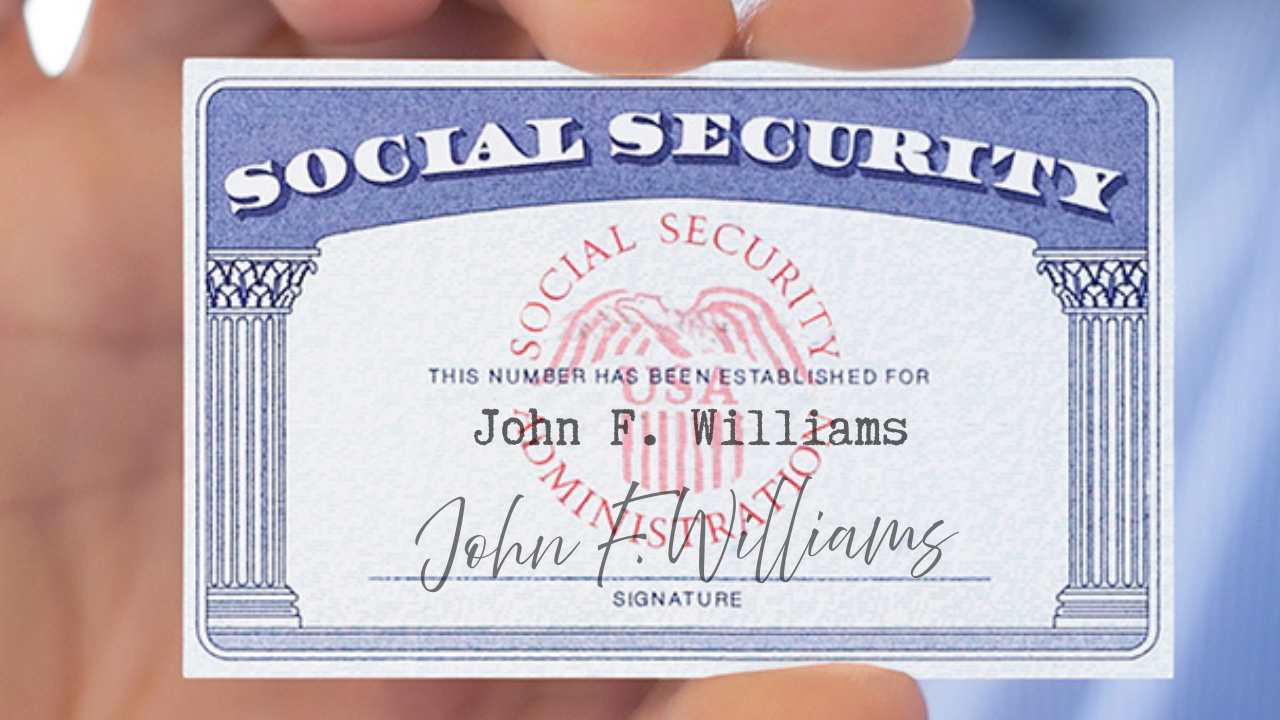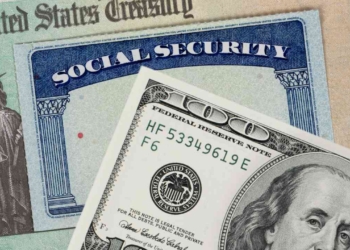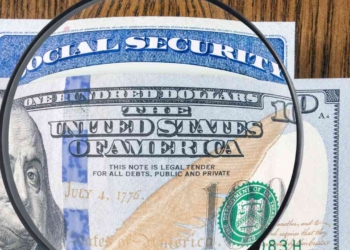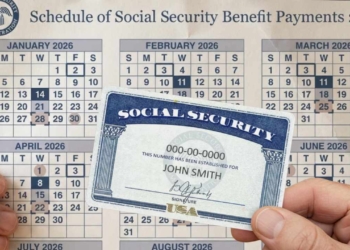The U.S. Social Security Administration’s (SSA) payment schedule is now active, with some payments made on the first day of the month. For example, for Supplemental Security Income (SSI) beneficiaries and for retirement recipients who claimed their first payments before May 1997. The latter was advanced because the usual payday, August 3, fell on a Saturday, so it was moved up to the nearest business day, August 1.
Now, Social Security retirement beneficiaries who claimed their first payments after May 1997 are categorized into three groups each month based on their date of birth. Payment is not on a fixed date, but has been assigned to the second, third, or fourth Wednesday of each month, as appropriate.
When will more Social Security payments arrive in August?
For beneficiaries whose birthday is between the 1st and 10th of any month, the payment date is the second Wednesday of August, which is the 13th. For those whose birthday is between the 11th and 20th of any month, the payment date is the third Wednesday of August, which is the 20th.
Finally, beneficiaries whose birthday falls after the 21st of any given month have been assigned to receive payment on the fourth Wednesday of August, or the 27th. If you receive SSI, you’ll notice that on August 29th you’ll find a payment that may seem “additional,” but in reality it isn’t. It’s actually the September 1st payment advanced because it’s a weekend.
What are the maximum amounts of Social Security?
In 2025, the maximum monthly amounts established for a Social Security retirement benefit depend on the age at which you claimed the benefit. If you retired at 62, which is the minimum age possible, you can expect up to $2,831 per month. But if you waited until full retirement age (FRA), which for most is 67, you can expect much more: up to $4,018 per month.
Now, if you start receiving your first payments after age 70, you’re eligible to claim the maximum possible payment, which is $5,108 per month. To qualify for either payment, you must have earned at least $176,100 in taxable income (this amount is the 2025 amount, but each year’s number is different) for 35 years, which allows you to average your AIME and obtain the maximum PIA.
Chances are very few will be able to access that maximum amount, and more than 98% of recipients have a payment closer to the average, which is just under $2,000 in 2025.
What to do if your money won’t show up
If your Social Security payment hasn’t arrived on the expected date, the first step is to wait three mailing days before taking action, as delays can sometimes occur due to holidays or processing issues.
If you still haven’t received your payment after that time, contact the Social Security Administration directly at 1-800-772-1213 or visit your local SSA office. It’s also a good idea to check your bank account details and payment status by logging into your my Social Security account online.







